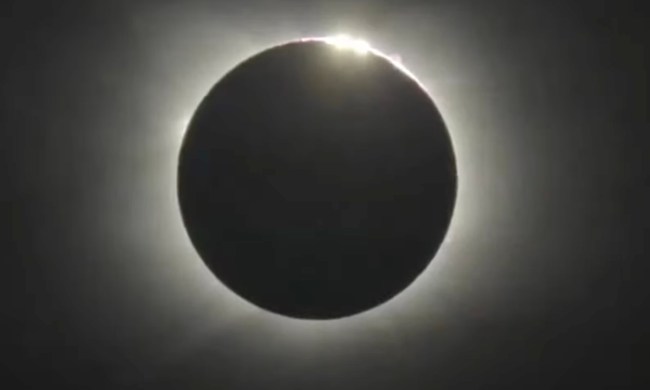
A total of 14 states stretching coast to coast from Oregon to South Carolina will see a total eclipse, which will include the somewhat eerie experience of more than two minutes of darkness in the middle of the day as the moon monetarily blocks the sun.
Even better, if the sky’s clear and you’re in the right location, you’ll be able to witness the awe-inspiring diamond ring moment where only a tiny part of the sun is visible.
But what if you can’t make it to any of the best spots to view the eclipse, or you’re living in a part of the world where you won’t even notice it? In that case, NASA can help.
In a special online show to be streamed live called Eclipse Across America: Through the Eyes of NASA, the space agency plans to show real-time imagery captured by 11 spacecraft, three aircraft, and 50 high-altitude balloons. Even the folks aboard the International Space Station are joining in the fun, live-streaming the celestial event from their orbiting satellite some 250 miles above Earth.
Commenting on NASA’s in-depth coverage of the event, Thomas Zurbuchen, associate administrator of NASA’s Science Mission Directorate in Washington, said, “Never before will a celestial event be viewed by so many and explored from so many vantage points — from space, from the air, and from the ground.”
Zurbuchen added, “With our fellow agencies and a host of scientific organizations, NASA will continue to amplify one key message: Take time to experience the August 21 eclipse, but experience it safely.”
For more information on how to do just that, be sure to take some time to look over NASA’s safety tips for viewing a solar eclipse.
The last total solar eclipse occurred in March 2016 though you had to be Asia for the best view. August’s event will be the first total solar eclipse in 99 years to cross the entire continental U.S., so you’d better start making plans now to find out where you’ll need to be for the best experience. Or there’s always NASA’s online show, which itself promises to be something very special.



